Iran’s Hegmataneh, also known as Ecbatana, has been officially recognized as the country’s 28th UNESCO World Heritage site. The decision was made during the 46th session of the UNESCO World Heritage Committee, currently held in New Delhi.
The listing was approved after modifications suggested by ICOMOS and committee members from Qatar, Kazakhstan, Vietnam, Turkey, Kenya, and Rwanda. The designation was altered from “Historic Center of Hamadan” to “Hegmataneh,” thus including it in the world heritage list.

Introduction to Hegmataneh
Hegmataneh, or Ecbatana, is an ancient site linked to the capital of the Medes and later used as a summer capital by the Achaemenids and Parthians. Significant finds at the site include a massive mud-brick defensive wall and a grid-pattern urban layout. Located under the Alvand branch of the Zagros Mountains, Hegmataneh has a continuous 3,000-year history and contains rare remains of Median culture from the 6th and 7th centuries BCE.

"The archaeological remains of ancient Hegmataneh are located in northwestern Iran. Continuously inhabited for nearly three millennia, Hegmataneh provides important and rare evidence of the Medes civilization in the 7th and 6th centuries BCE and later served as a summer capital of Achaemenid, Seleucid, Parthian, and Sasanian rulers," according to World Heritage Centre website.

Hegmataneh is located in the suburban area of modern Hamadan, encompassing 50 acres of the city. This invaluable historical site holds great archaeological significance, with parts of it yet to be excavated.
The area contains historical remains dating back to the Medes, Achaemenid, Parthian, Sassanid, and various Islamic dynasties such as the Buyids. Most of the remains belong to the Parthian era. The site features a variety of Parthian urban architectural systems that are considered masterpieces of their time, showcasing the exceptional talent of their creators.

World Heritage Centre confirms Hegmataneh’s inscription
The World Heritage Centre confirmed Hegmataneh’s inscription on its website under a post titled New Inscribed Properties.
“Continuously inhabited for nearly three millennia, Hegmataneh provides important and rare evidence of the Medes civilization in the 7th and 6th centuries BCE and later served as a summer capital of Achaemenid, Seleucid, Parthian, and Sasanian rulers,” read the post.

Hegmataneh, which is also known as Ecbatana both in Iran and in the world, becomes the 28th Iranian property on the World Heritage List.
Artifacts recovered from site, including the Achaemenid golden rhyton, are testaments to Iran’s ancient and glorious civilization.
UNESCO’s world heritage list includes a total of 1,222 properties, including cultural, natural or mixed items, around the world. The list was expanded this year by 23 items.
UNESCO World Heritage Sites in Iran
Iran’s other 27 UNESCO World Heritage sites include:
Chogha Zanbil
Persepolis
Naqsh-e Jahan Square in Isfahan
Takht-e Soleyman
Bam Cultural Landscape
Pasargadae
Soltaniyeh Dome
Bisotun Inscription
Armenian Monastic Ensembles
Shushtar Historical Hydraulic System
Tabriz Historic Bazaar
Sheikh Safi al-Din Khānegāh and Shrine Ensemble in Ardabil
Persian Gardens
Jameh Mosque of Isfahan
Gonbad-e Qabus
Golestan Palace
Shahr-e Sukhteh (Burnt City)
Meymand Cultural Landscape
Shush
The Persian Qanat
Lut Desert
Historic City of Yazd
Sassanid Archaeological Landscape of Fars Region
Hyrcanian Forests
Trans-Iranian Railway
Cultural Landscape of Uramanat
Historical caravanserais in Iran
Reported by Marzieh Rahmani






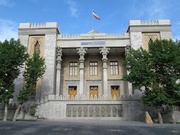



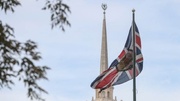

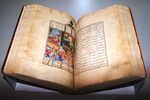
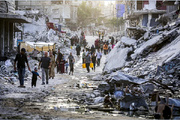


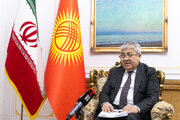

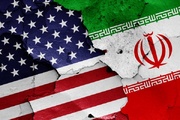





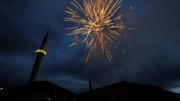
Your Comment